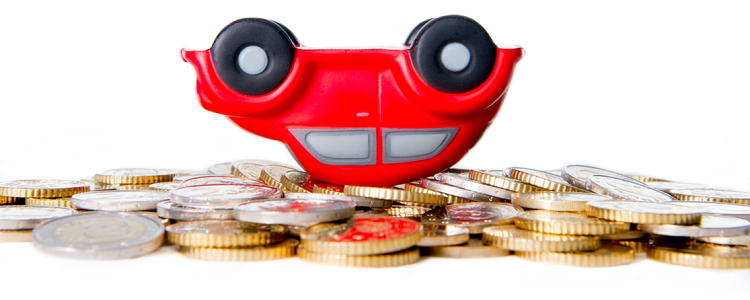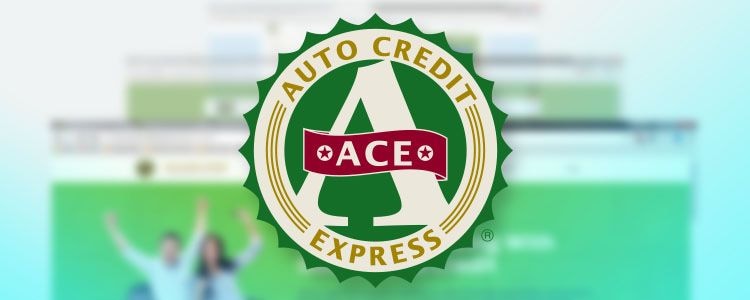One of the hardest situations to avoid in today's car market is negative equity. Once you fall into the trap, it's very difficult to get out of, even with a low-interest car loan. A bad credit car loan compounds the problem. But can this be done if you need a bad credit car loan for your next car?
Trading in a vehicle with negative equity should be avoided and this situation can be made even worse if you are attempting to finance your next vehicle with a bad credit auto loan.
At Auto Credit Express we've been dealing with credit-challenged consumers for the last 24 years. During that time, we've helped thousands of these consumers raise their FICO scores and reestablish their car credit by financing a vehicle with a bad credit car loan. We have also tried our best to educate borrowers regarding what a very different kind of finance instrument a bad credit auto loan really is.
Along the way, we've noted the increasing number of customers that are “buried” in their trade-ins due to negative equity.
Since the 1950s, banks and other lending institutions have been extending the number of months that consumers can finance an automobile. There are two major reasons for this. One is cars becoming increasingly more expensive. the other is that in order to secure business banks offered longer loan terms in order to make the monthly payments more affordable. Since banks compete against each other for business, the lower monthly payment usually wins, and the easiest way to get there is to increase the loan term.
What is Negative Equity?
Negative equity is a term that is used when the value of an asset that is used to secure a loan is worth less than the loan balance. This happens when the asset depreciates faster than the loan value is being reduced. In the automotive business, this meaning is applied to a car that appraises for less than what the customer owes the bank or leasing company.
With a loan term of 24 months, you are paying off about 4% of the loan principal every month. If a new car depreciates 25% the first year, you have covered that amount during the first 6 months of the loan, so after that you are in an equity position on the car.
With a loan term of 60 months, you are paying only 1.5% of the loan principal every month. With no down payment, it would take almost 17 months to hit the 25% depreciation mark, and by that time the vehicle is well into its second year of depreciation.
As you can see, extending the term puts the car owner into a downward spiral of depreciation that takes longer and longer to overcome in the payment cycle. It therefore follows that the longer the loan term, the longer the “window” of a negative difference between the car's value and the balance of the loan will exist.

Trade-In Car Negative Equity Bad Credit
It only makes sense to roll negative equity into a new car if you have no other alternatives. What you are essentially doing when you finance a new car with negative equity from your old car is paying for two cars at the same time – your old car's negative equity plus your entire new car. This situation is compounded by the fact that the interest rates on bad credit car loans can be much higher than a traditional loan. So you're paying a high interest rate on two cars, not just one.
This only makes sense if the car you are currently driving is not reliable or the new car you will be buying has much better gas mileage or qualifies for better insurance rates that will help offset the payment increase. It also helps if you have a cash down payment that will help offset the negative equity.
Bad Credit Car Loan Lenders
What a bad credit lender will do really depends upon the situation. Most subprime lenders use either Kelley Blue Book (out west) or the NADA guide (in the east) as a benchmark. Lenders will usually allow the dealer to sell the car for 15% over the trade-in price listed in the book. Lenders will usually allow the dealer to sell a used car for anywhere from 90% to 115% of the trade-in value listed in the book, or a new car for 90% to 110% of the invoice price.
Whether or not a dealer can afford to allow you to roll your negative equity into the loan depends on a number of things. If the difference between the dealer's selling price and 15% over the trade value covers the negative equity, the dealer should be able to accommodate you. If there isn't that kind of profit in the deal, you can either try and negotiate a lower price or move to a different vehicle. In some cases, the dealer can call the bank to try and raise the 15% vehicle cap.
If you're looking at a new vehicle and the manufacturer is offering a rebate in the form of customer cash, there may also be a chance that you can use this type of rebate to offset all or part of your negative equity. On the other hand, if you have too much negative equity in your current vehicle, there may be no way that the dealer can help you get out of your car or truck.
As We See It
It's never a good idea to roll negative equity from one car to another. Because of the high interest rates common with bad credit car loans, the results can be especially painful. In many cases, only a large cash down payment can decrease the amount of negative equity to the point where you can trade in your current vehicle.
If you want to see how much negative equity there is in your vehicle, you can use online calculators, such as ours, to help you calculate the value of your vehicle. As always, our goal here at Auto Credit Express is to get you back “on the road” to good credit.
For nearly 20 years, we've been helping people with credit problems get approved for new and used car loans. Our affiliate dealers work with the leading subprime lenders to get you approved. Your credit report will get checked by the dealer, but once you're approved, each month you make your car payment you are rebuilding your credit score and reestablishing your financial future. Get started now by filling out our free, secure auto loan request form today.















